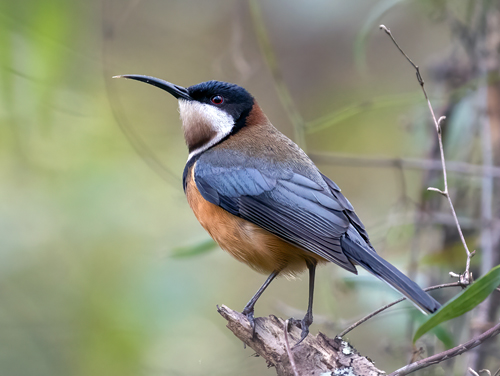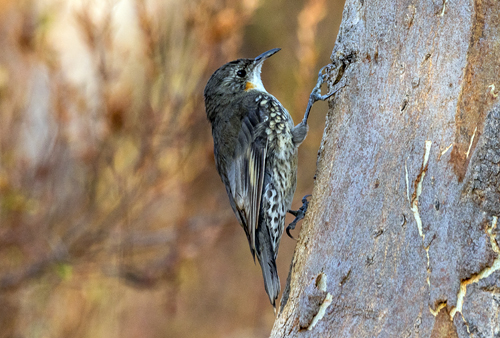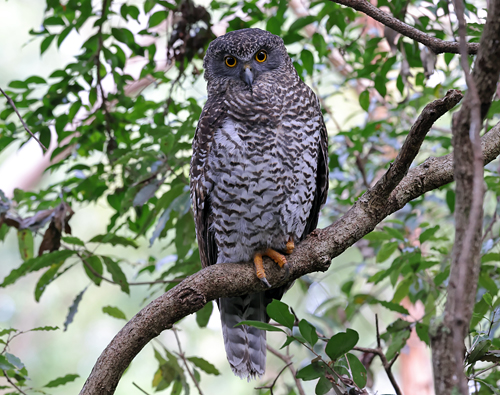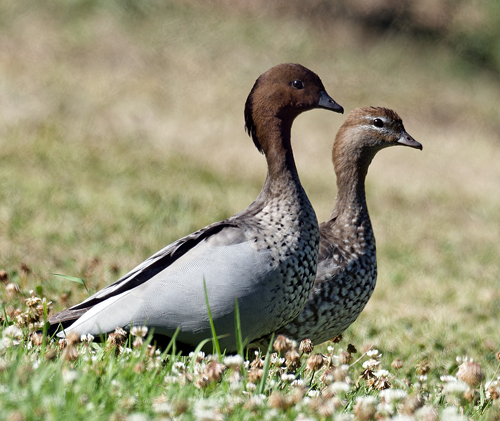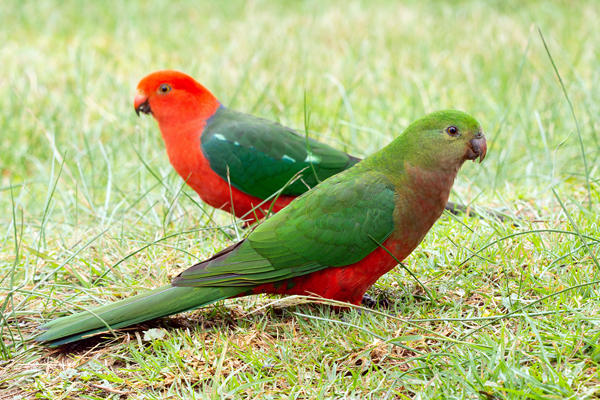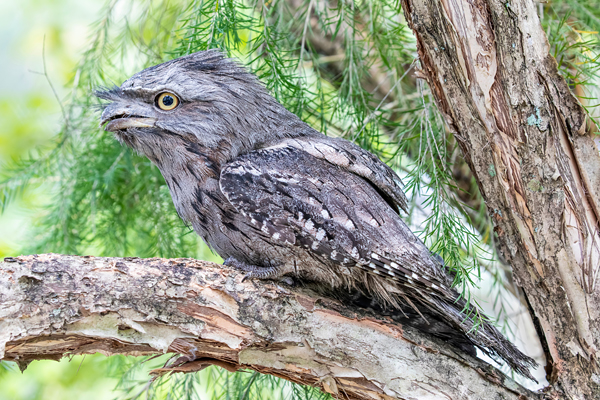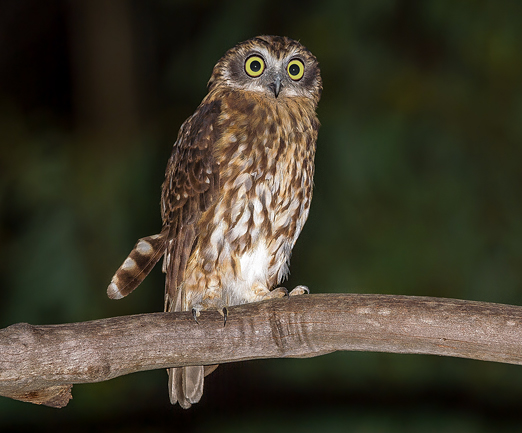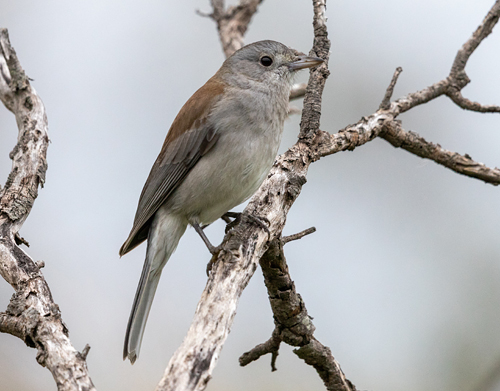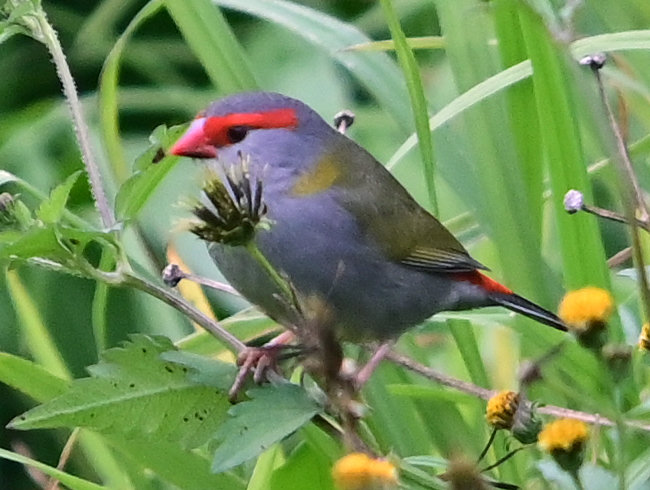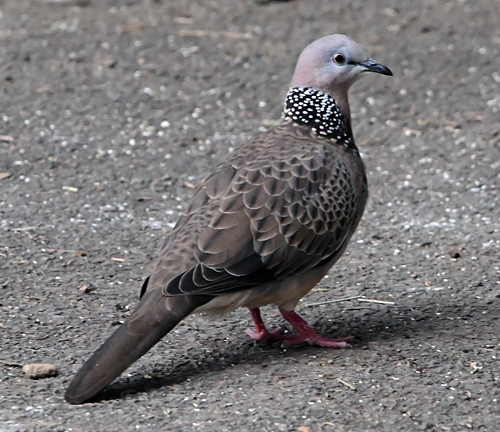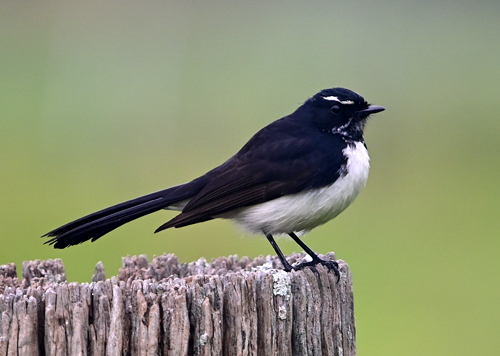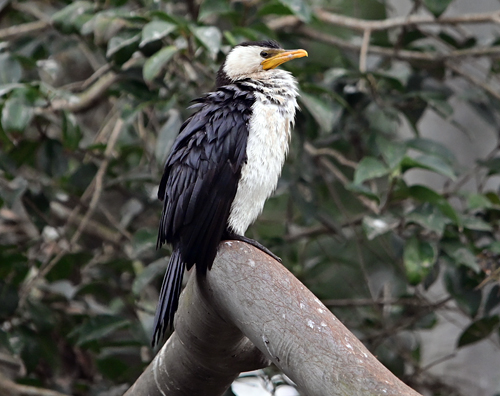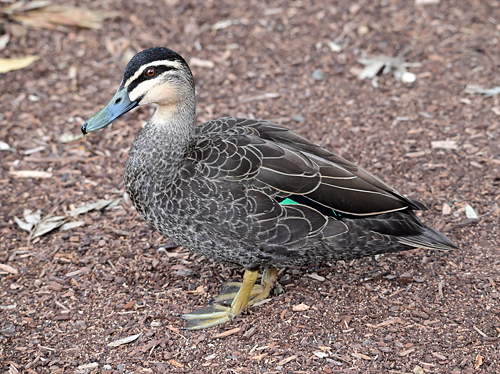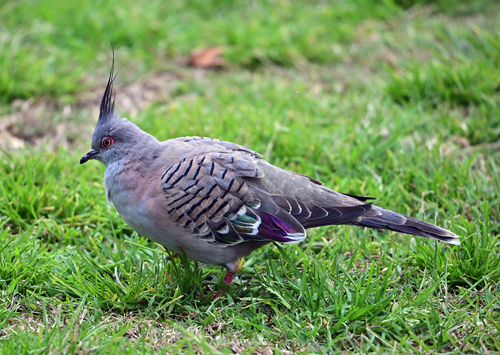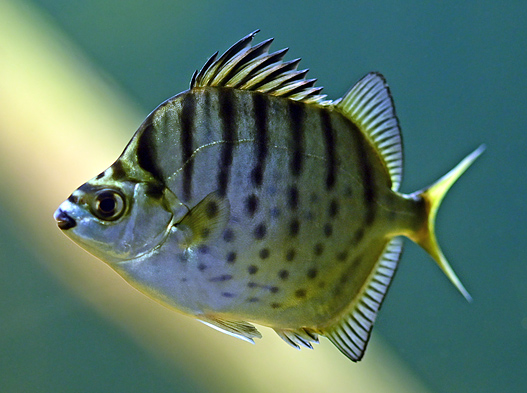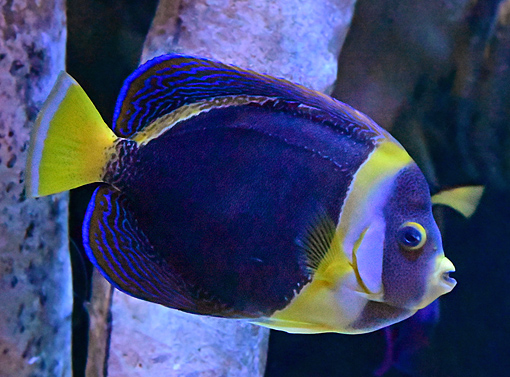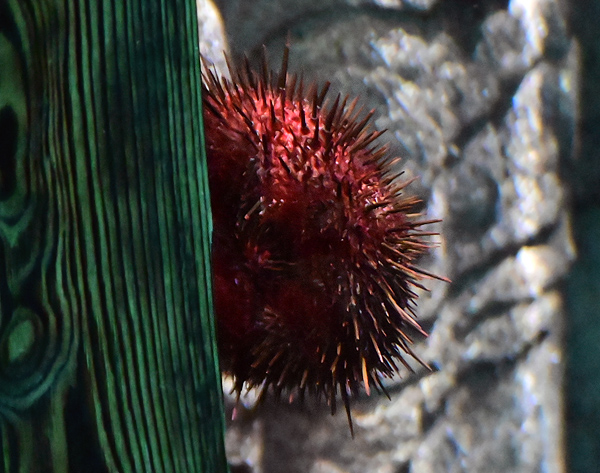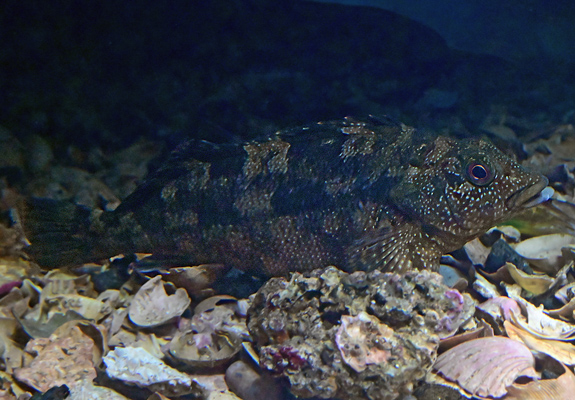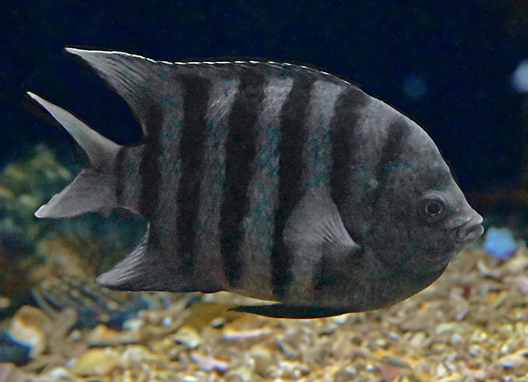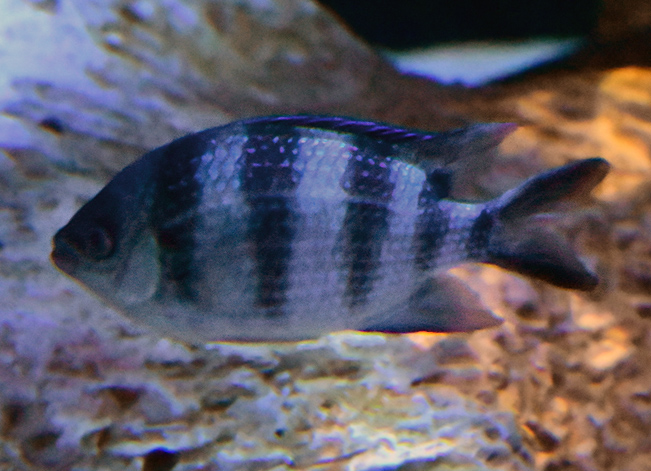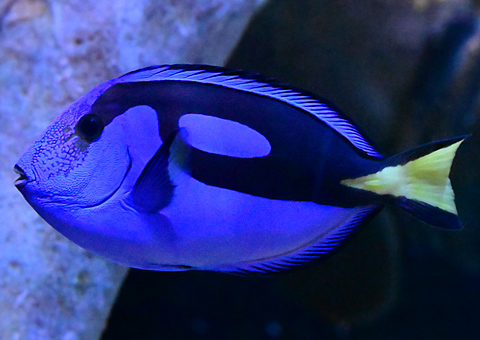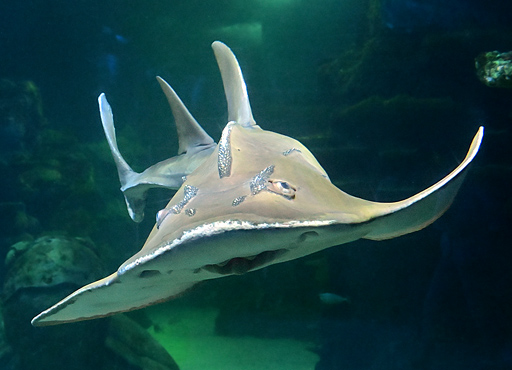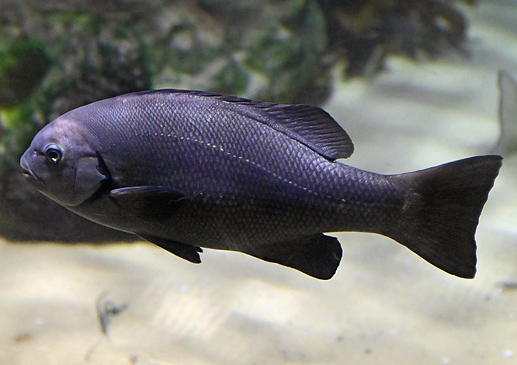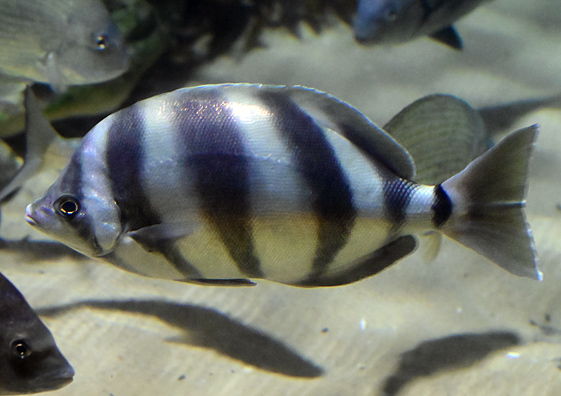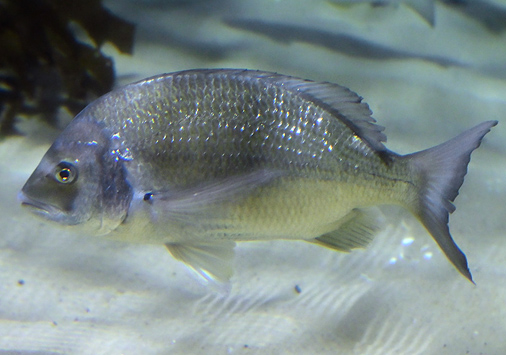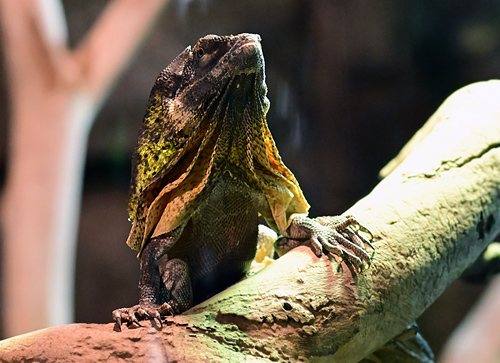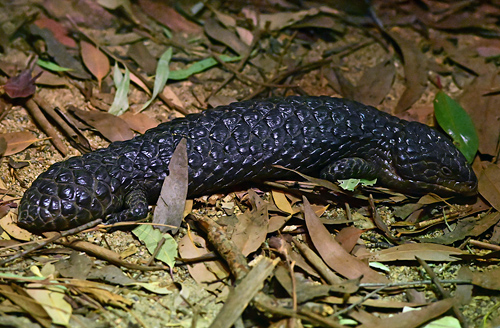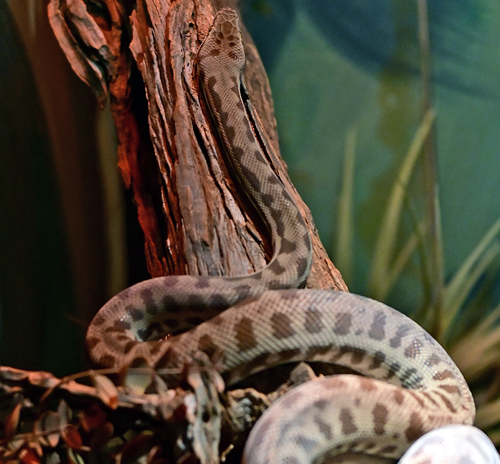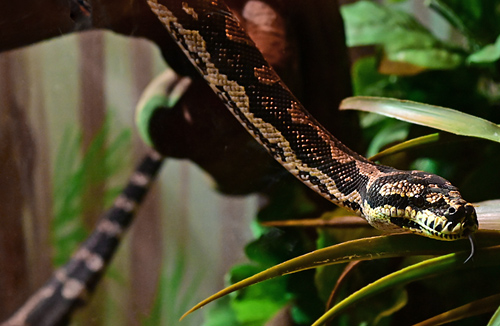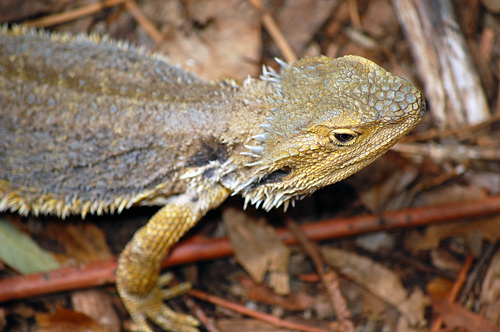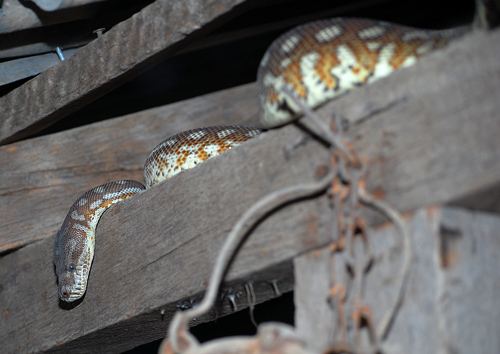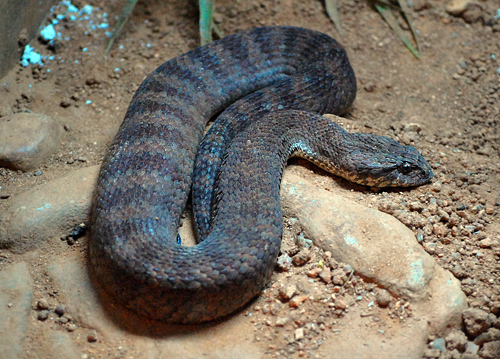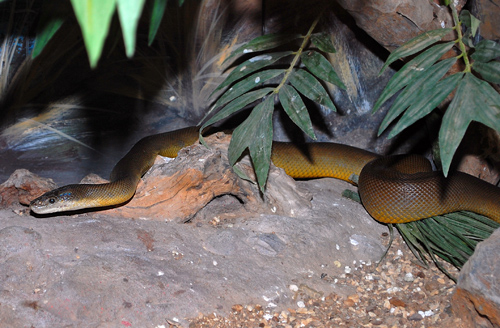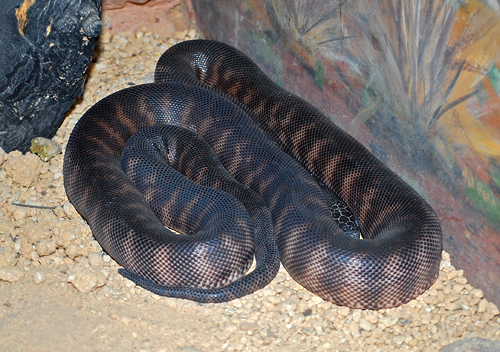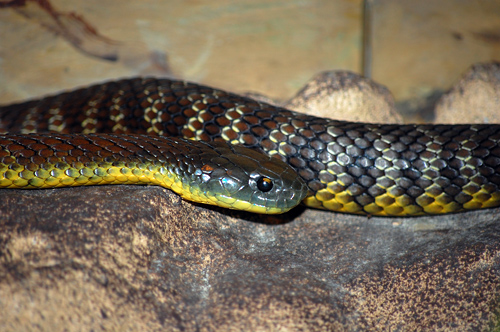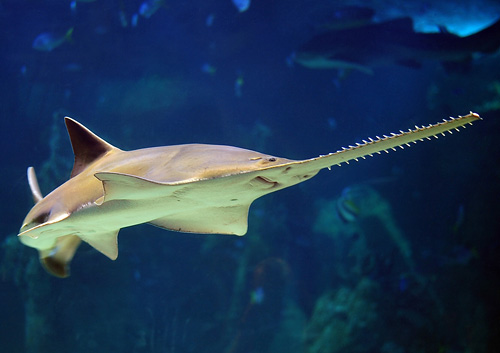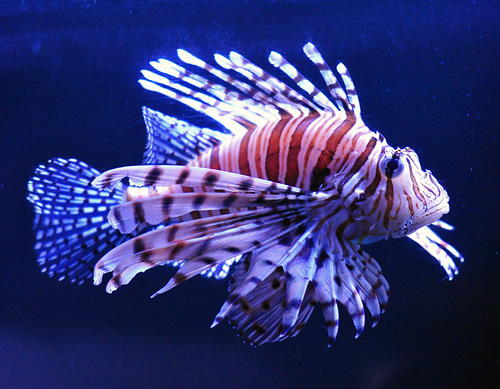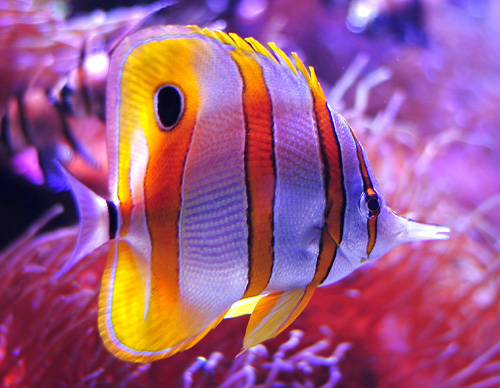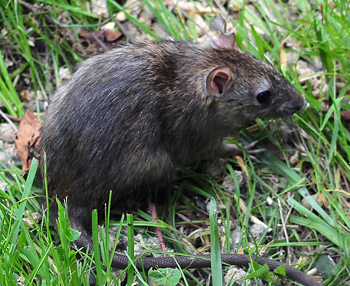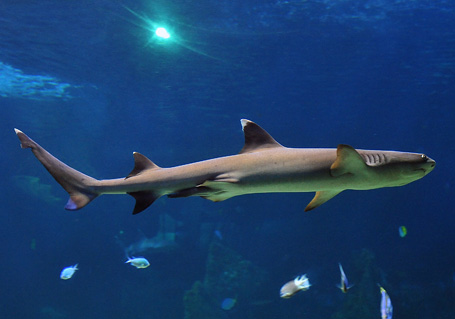Eastern Whipbird
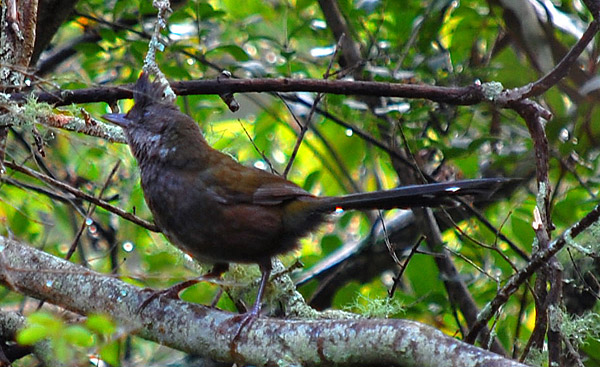
Psophodes olivaceus
Other Names: Whip Bird, (Coach-whip Bird, Psophodes crepitans, 19th Century)
Size: Birds Size: 25-30 cm
Family: (Quail-thrushes and allies, 8 species in Australia)
Distribution: Within about 200 km of the coast of NSW, Eastern VIC and Most of QLD except the north.
Status: Common to mderately common
Habitat: Dense understories of rainforests, coastal scrubs, wet sclerophyll forests, riparian (near a stream) forest.
References: Simpson and Day, Reader's Digest
About the Eastern Whipbird
The Eastern Whipbird is famous for its call which sounds like the crack of a whip. The call is actually made by two birds, the male makes the whipcrack, and if the female replies it is a sort of "choo choo choo" sound. It sounds truly amazing if you happen to be between the pair when they call. The whip sound is heard at the beginning of the theme song to "Skippy the Bush Kangaroo".
Eastern Whipbirds are heard much more than they are seen as they like to hide in dense scrub, from which they rarely emerge. They are also a drab colour which blends in very will with the background. The crest on their head is a distinguishing feature. The tail is fairly long and there is a light coloured patch on the lower side of the head. In the photo below this looks like a slightly lighter grey than the rest of the bird, sometimes it is lighter than this and the rest of the head is darker.

Photo: Blaxland, Blue Mountains NSW.
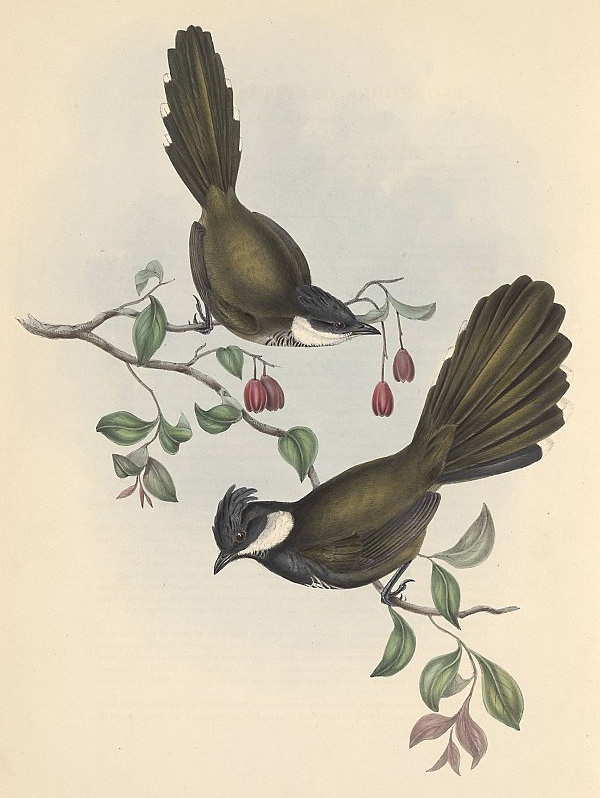
Artwork: John Gould, 'The Birds of Australia', 1848. Higher Resolution 679 x 1000.
See Also
Australian Mammals
Australian Reptiles
Australian Frogs
Australian Fish
Australian Spiders and Their Faces
Australian Wild Plant Foods
Return to Australian Birds



